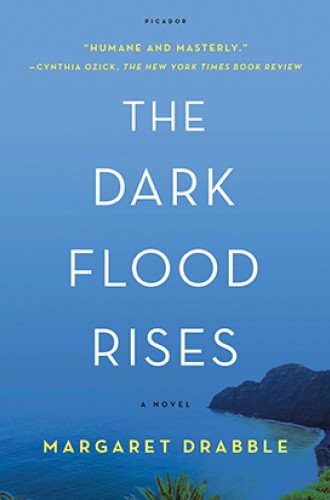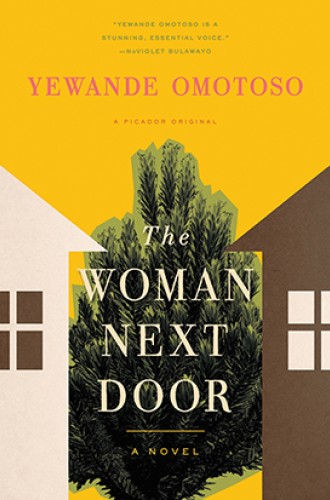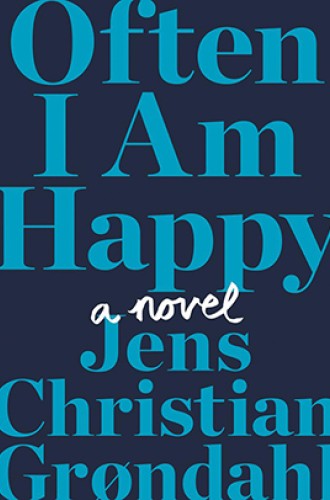The coming-of-age novel comes of age
If old age is another country, three novelists are exploring not just the peaks and valleys but also the rough places in between.
The world population has never been as old as it is today, and the trend is accelerating. In developed countries, one-third of the population will be older than age 60 by 2050. One UN study declared this growth “without parallel in the history of humanity.” As the population ages, so do novelists: think of Wendell Berry, Annie Dillard, Marilynne Robinson, Anne Tyler, Anne Lamott, and Richard Ford. Even young fiction writers are curious about the new narrative possibilities that arise from this changing demographic.
Recent coming-of-old-age novels written by Margaret Drabble, Yewande Omotoso, and Jens Christian Grøndahl contain elements found in other contemporary genres: a confessional tone, a journey or quest motif, dreams and flashbacks that link to the past, explorations of sexual passion, ethical questions about how to use time and money, and an emphasis on relationships with children and grandchildren.
Each of these writers also focuses on themes common in aging populations: grief, moving after the death of a spouse, the pressure to live in retirement communities, processing past experiences (like abortion, miscarriage, infidelities, and vocational choices), how to manage a body that breaks down either gradually or suddenly, and what friendship means as friends begin to die. What they try to avoid are the stereotypes of previous eras: the decrepit old grouch or the rebel of the Red Hat Society romantically making up for the “sobriety of youth.” The poet May Sarton said, “Old age is another country.” If so, these authors have chosen to explore not just the peaks and the valleys but also the rough places in between.








